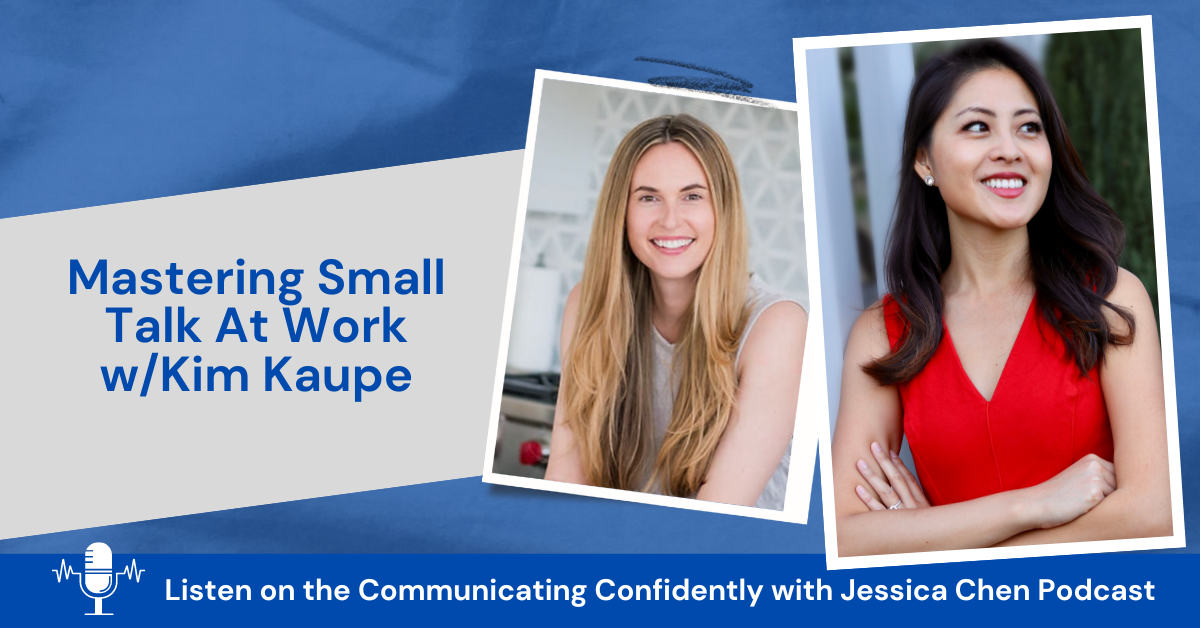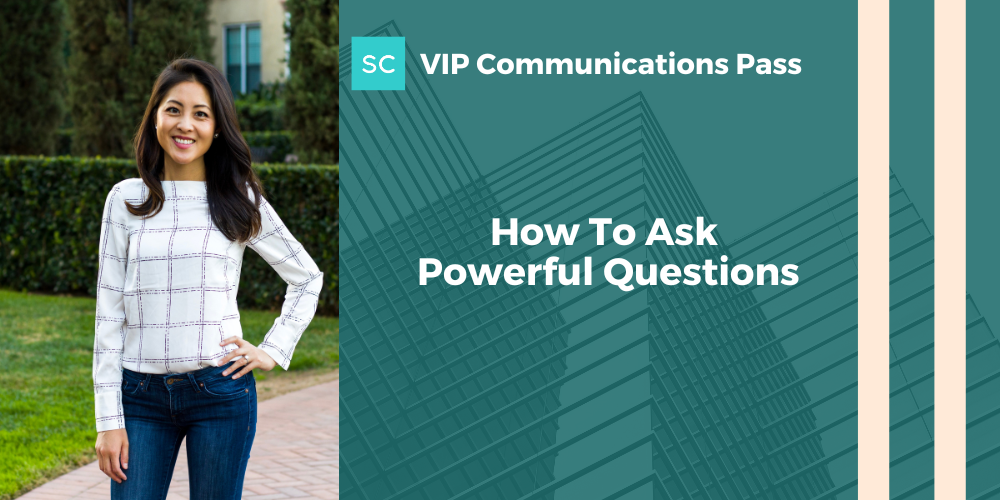How To Formulate An Elevator Pitch
Elevator pitches aren’t just for people who are looking to launch a product or service. In today’s competitive market, everyone should have an elevator pitch ready. But before you can give an elevator pitch, you must first brainstorm how you want to structure it. This means taking the time to strategically decide what you will include in your pitch.
For example, if your elevator pitch is in a virtual networking setting, you may need to condense your pitch to retain people’s attention. Or, if you are in person and you know you have some flexibility, you may be able to add a bit more detail.
Below are 4 strategies to help you formulate your next elevator pitch to generate maximum interest.
1. What Is Your Goal?
If you’ve ever attended a networking event, a company-wide mixer, or let’s face it – a family reunion, you’ve probably been asked the dreaded question, So, what do you do?
![]() What you say is essentially an elevator pitch because how you respond will determine how the conversation flows. Every pitch will be slightly different depending on your goal and where you are. Your goal could be any of the following:
What you say is essentially an elevator pitch because how you respond will determine how the conversation flows. Every pitch will be slightly different depending on your goal and where you are. Your goal could be any of the following:
- Get a new job
- Find investors for your business
- Land a new client
- Tell people what you do
Let’s say you want to get a new job and want to land a new client, you’re going to want to focus on grabbing the attention of the person you are speaking to. You could say something like, Hi I’m Miranda! I’ve implemented an exciting sales program for my company that has doubled our team’s performance in the last twelve months. You’ve just grabbed the attention of your potential new boss. Who wouldn’t want to learn more about doubling sales performance?
However, if your goal is to get a new client, your elevator pitch should focus more on how your product or service can help this client with a pressure point. You could say something like – Hi I’m Miranda! I know your sales have been down since last quarter, which many companies are facing, however, our company has seen sales double in the last twelve months due to a sales program I designed.
Before you can formulate the content of your elevator pitch you must know your goal.
2. Your Introduction
Chances are you will be giving an elevator pitch to someone who isn’t too familiar with you or what you do. They may know your name, but not your skills. As you begin to formulate your elevator pitch, think about how you want to introduce yourself.
Consider the following:
- Who is your audience? – The people who make up your audience will determine how you introduce yourself. This is because not all audiences are the same. This means asking yourself this question: what do they care about? Whatever it is, start with that as that’ll perk up their ears.
- Body Language + Tone Of Voice – Your body language and tone of voice will help your audience get to know you. You will want to bring energy and excitement through tone and body language. This means you will want to focus on making eye contact, using appropriate hand gestures, and varying your tone of voice to avoid being monotone.
If you aren’t excited about yourself and what you do, who will be?
- Grab Attention – You want to be remembered. Along with positive body language and tone of voice, you’ll want to include only the exciting, attention-grabbing bits. For example, instead of saying – I am an account executive with fifteen years of experience and have led multiple teams throughout my career. You can say – With over fifteen years of experience I know exactly how to get a team of people excited about investing. See the difference? The person you are speaking to will want to know how you are able to get people excited about investing.
Making sure you remember who your audience is and keeping your introduction exciting with tone and body language techniques will help your audience remember you.
3. What Makes You Unique
Your elevator pitch should include what makes you, your company, or your idea unique. This is where you can share the exciting facts and figures as well as how your idea has a competitive edge over others,
![]()
- Facts + Figures – You can’t argue with facts and figures. As you think about what makes you unique, use facts and figures as a way to showcase yourself. For example, you can say things like, my product reduces overhead by 25%, or my company has ranked #2 in client relations by Career Contessa, or I have implemented a peer-to-peer program that has increased productivity by 15%.
- Competitive Edge – Highlighting differences can help a potential investor or new client understand what makes you or your company unique. For example, you can share something like, Unlike most companies, we meet with each client individually to evaluate the efficiency of their platforms. This does take more time, but our client satisfaction is over 95%. This shows you are aware of what other companies do and how your company has a competitive edge.
You want to express what makes you unique with more than just pretty language. Concrete facts, examples of how your company is different will give your audience a better understanding of who you are and what you do.
4. Engaging Question
The key to any great elevator pitch is to engage your audience. You want to pique their curiosity. A great way to end your pitch is by asking a question. This not only engages your audience, but it also shows you’ve done your homework. You want to make sure the question you ask cannot be answered with yes or no.
For example, let’s say you are pitching your new app idea. Your app gives users in pairs or groups the ability to swipe through local restaurants to find out where to eat. Once both users swipe on the same restaurant, a match is made. You can ask the potential investor questions like, When is the last time choosing a restaurant for you and your partner was easy? Or – How long does it take you to figure out where to eat when you are with a group of people?
When you ask engaging questions, your audiences’ ears will perk up. It can also help them understand exactly what you are trying to convey.
When you formulate your elevator pitch think about your goal. Once you have your goal for the pitch focus on your introduction, what makes you unique, and ask an engaging question to keep your audience’s attention.
__
Whenever you’re ready, there are 3 ways we can help you:
- Discover your communications style so you know where to start. Over 4,000 people have found theirs here.
- Attend our monthly communication workshop to build communications confidence (new topics: public speaking, advocating for yourself, building credibility, etc) here.
- Get your brand in front of 43k+ people by sponsoring our newsletter or Soulcast Media | LIVE LinkedIn events [contact: hello@soulcastmedia.com]











